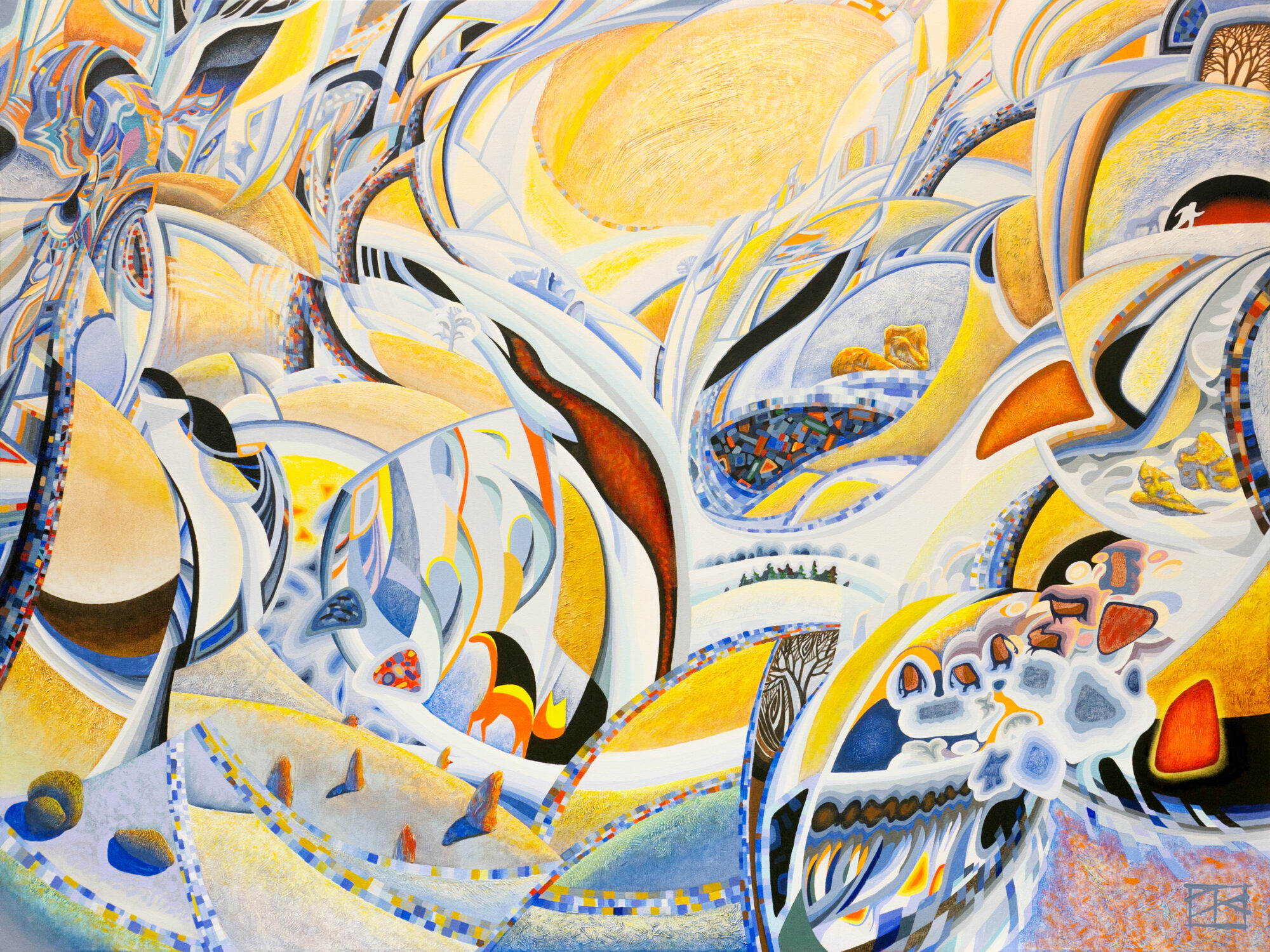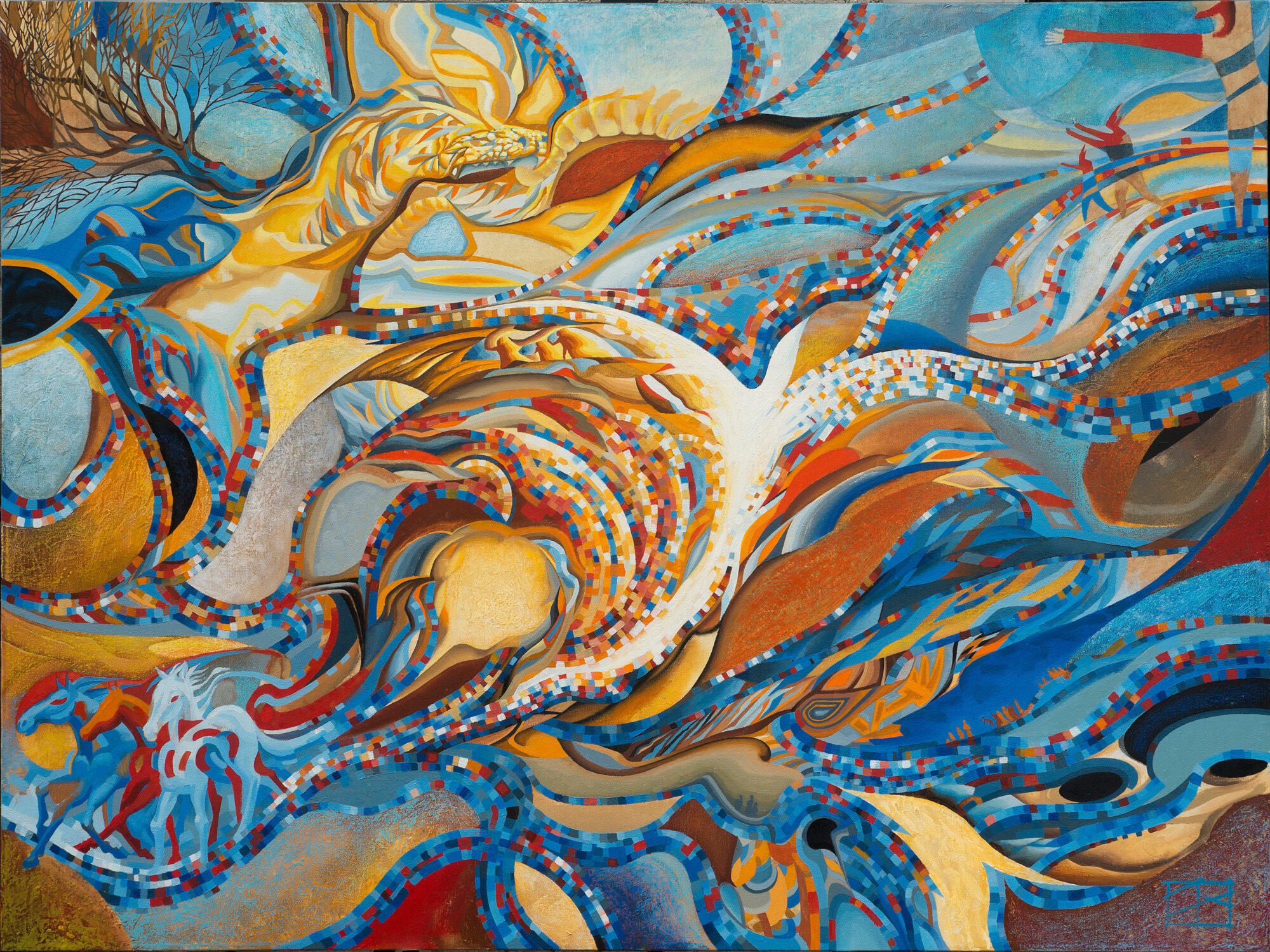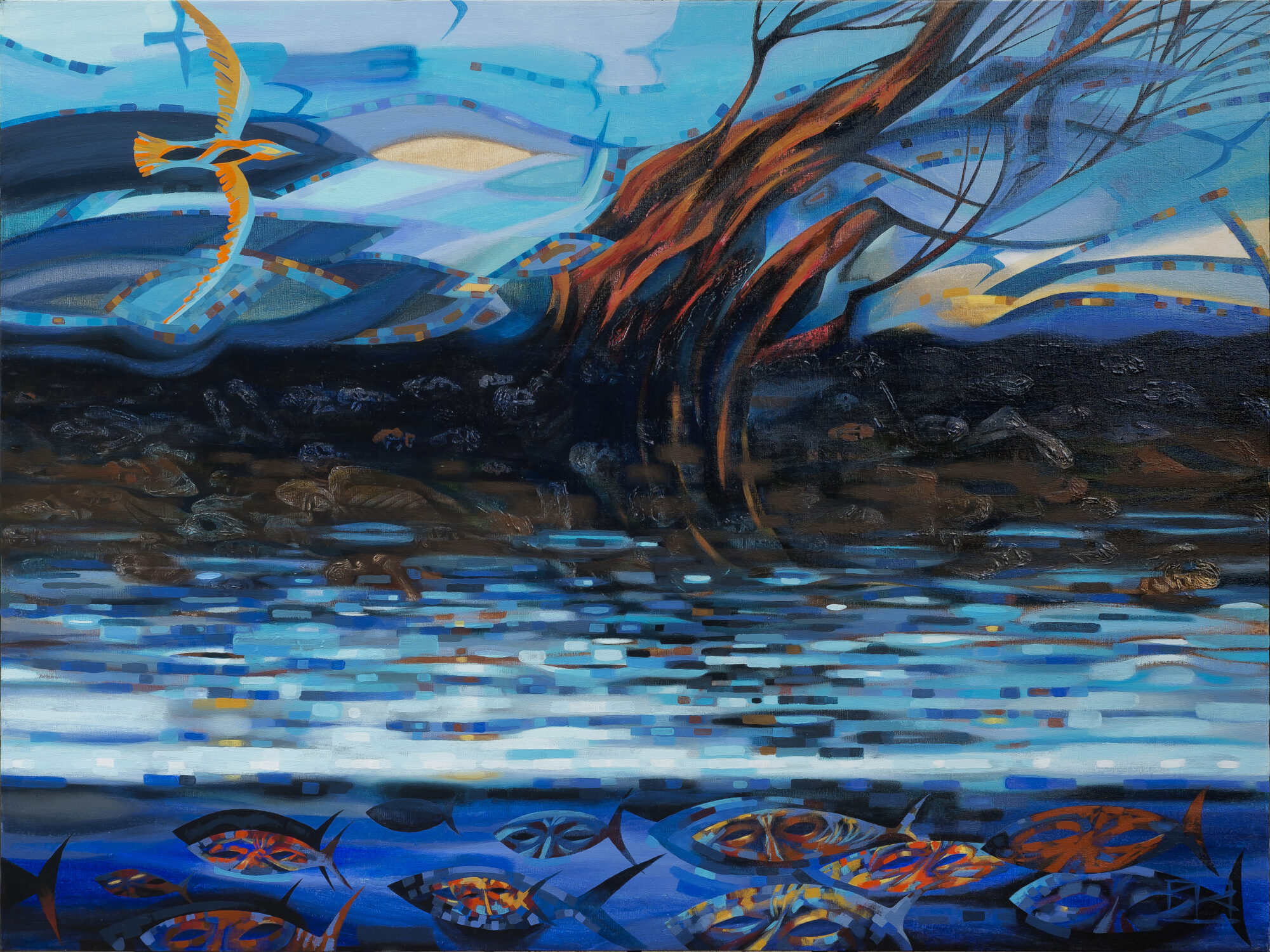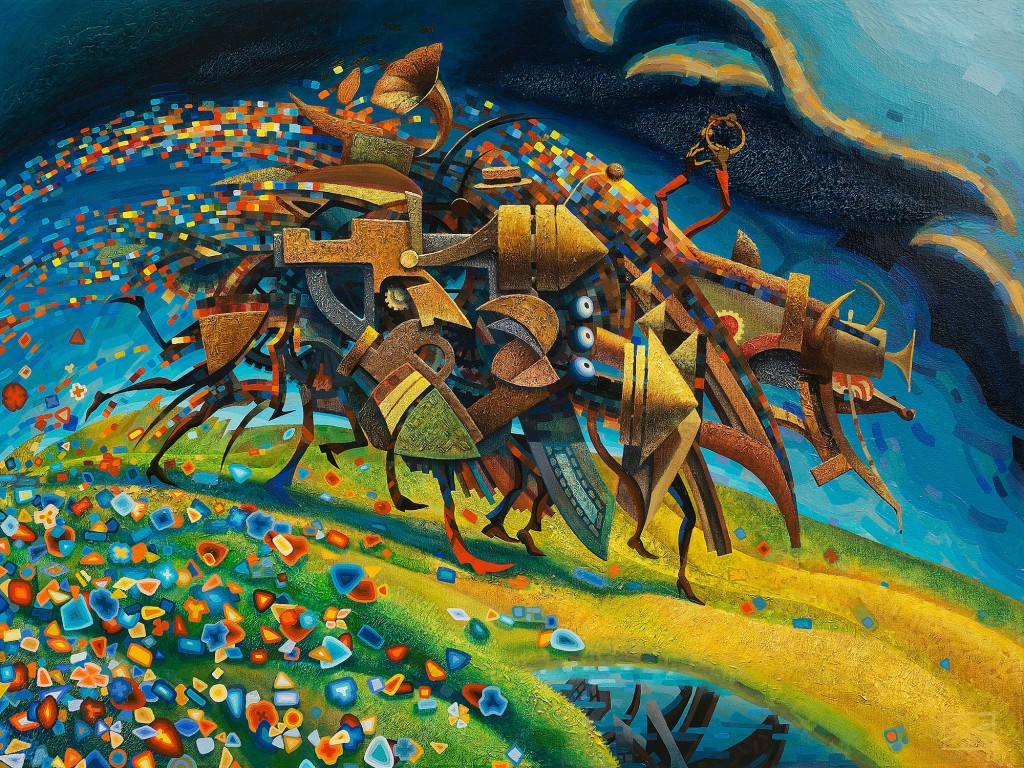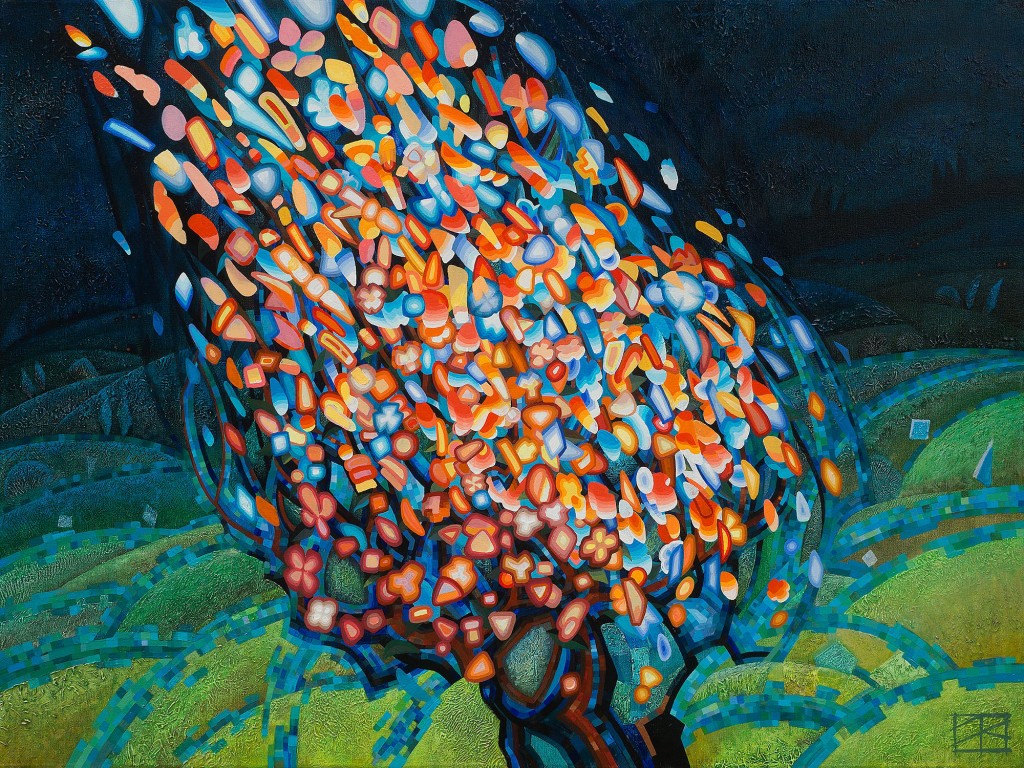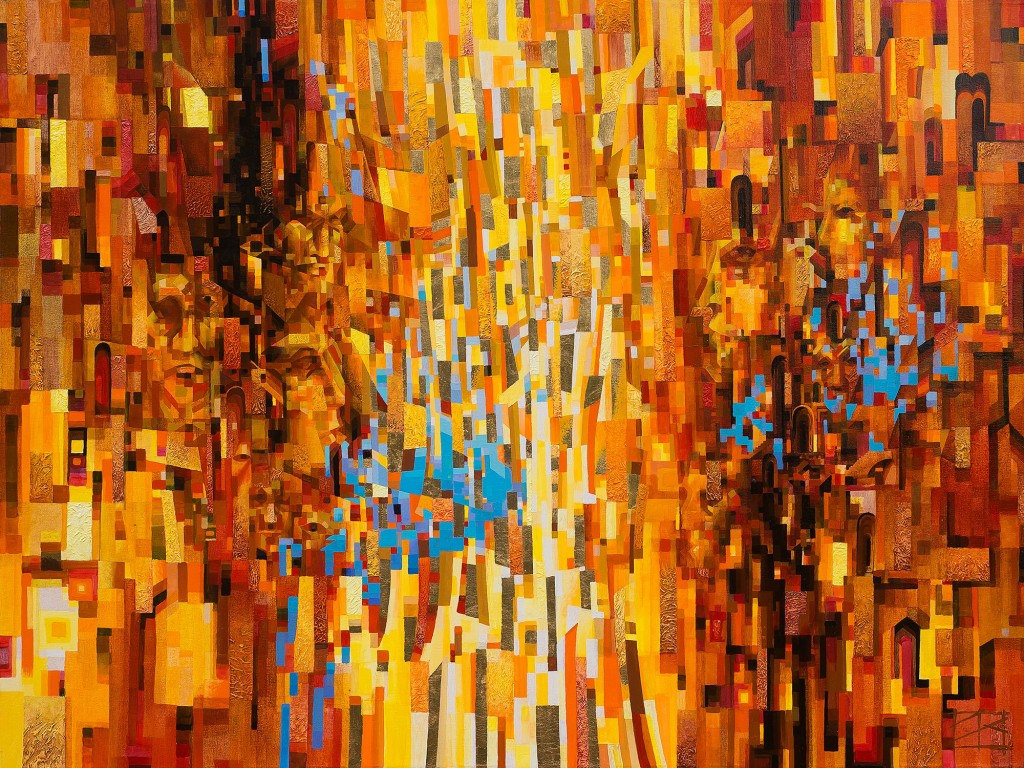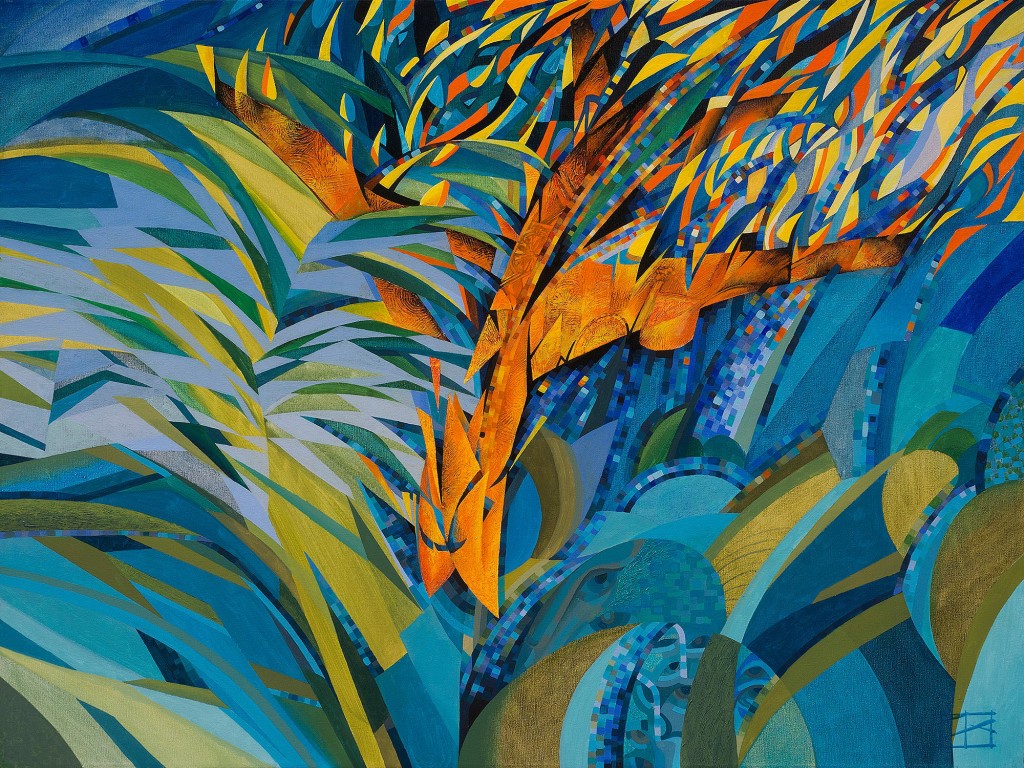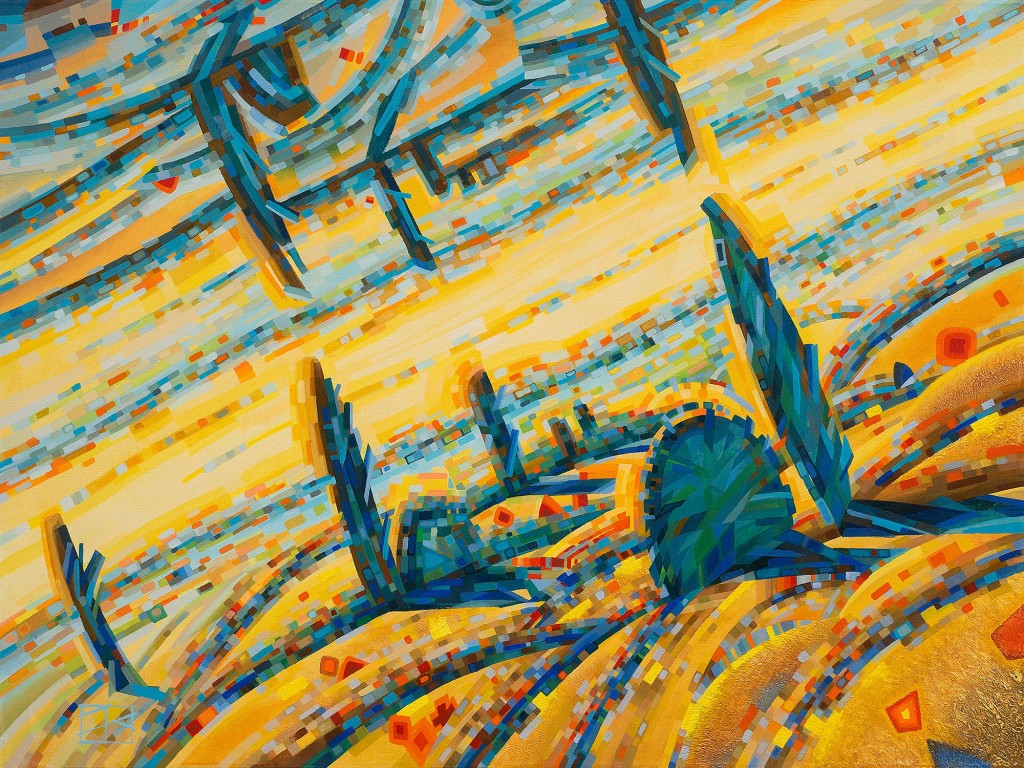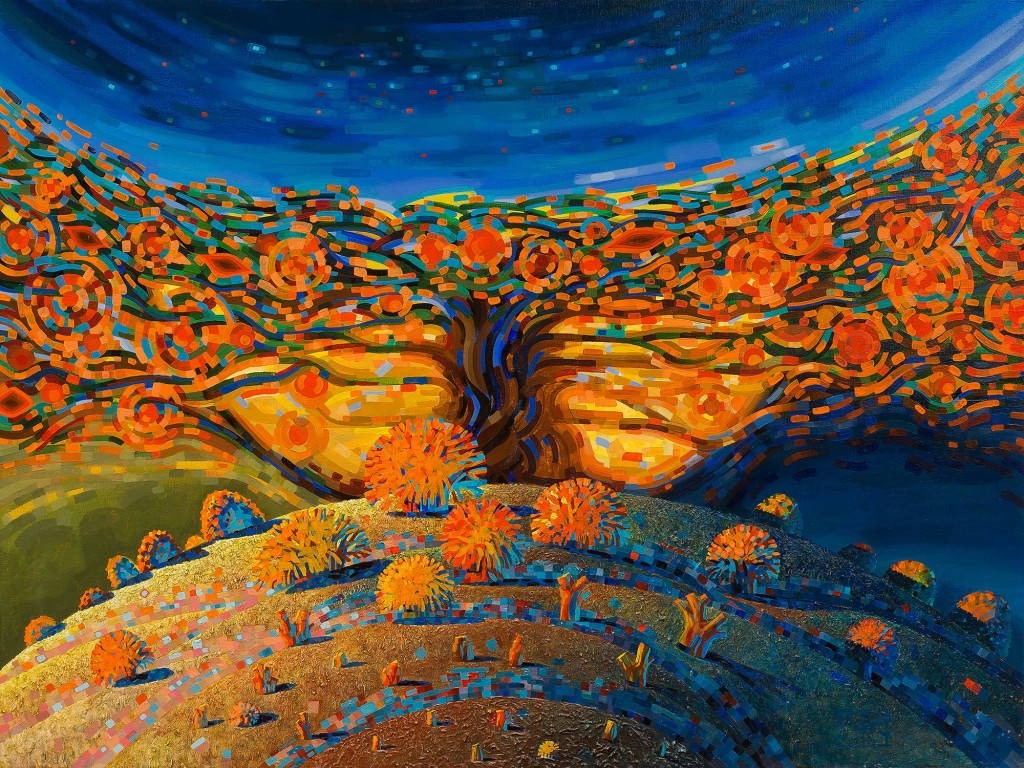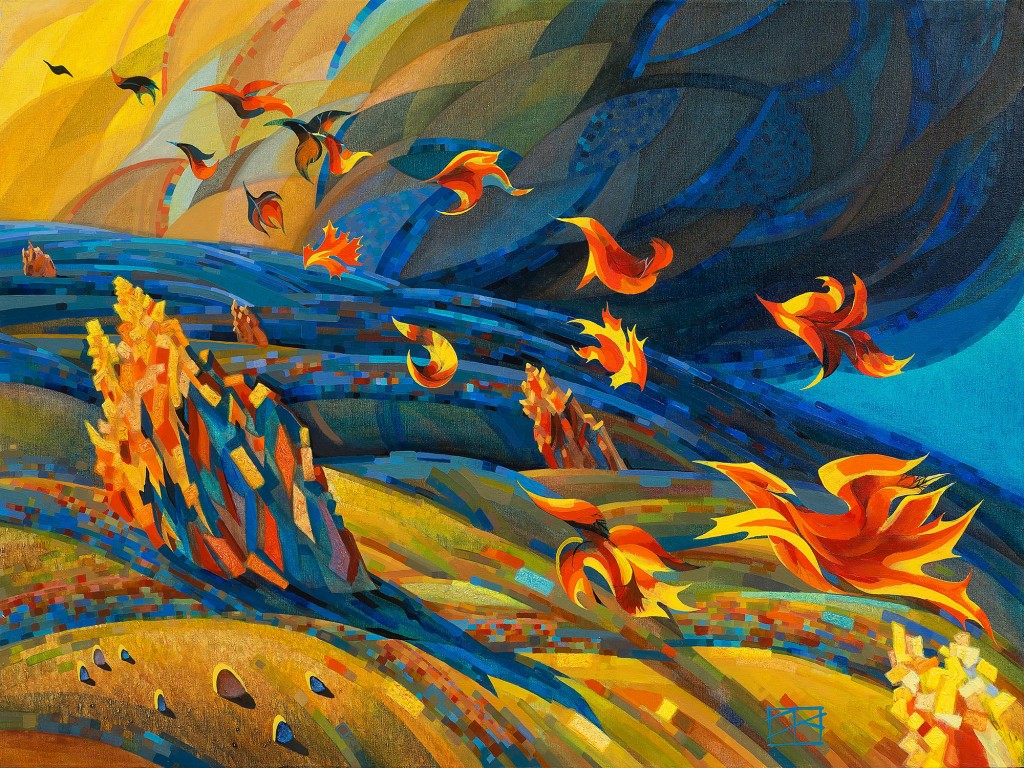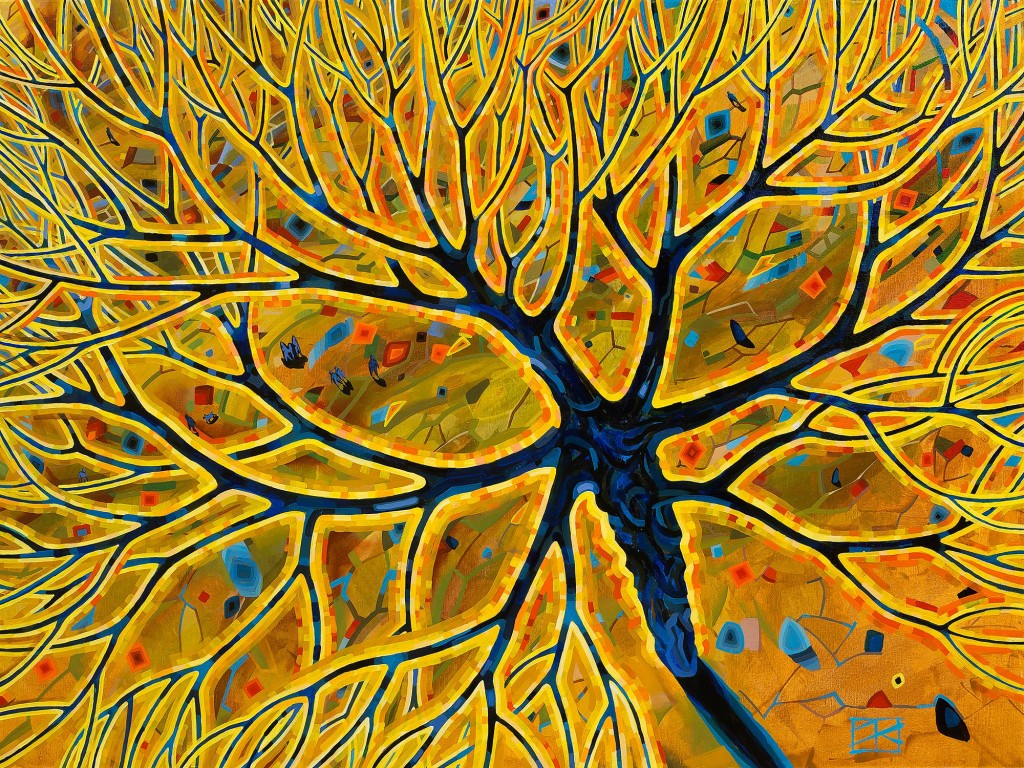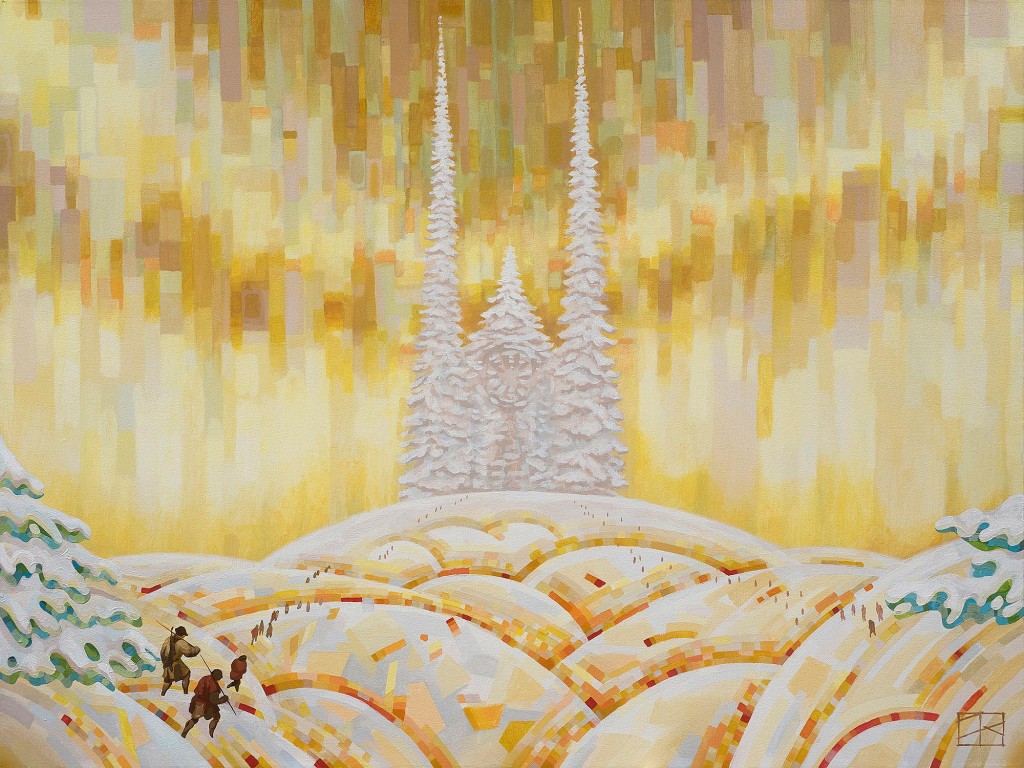Time is like a stream flowing around a rock—a rock that you are standing on. The stream is endless. It passes by you. Life is – right now. What will it bring—do we know? What it has brought – has it? We divided time into segments: seasons, months, weeks, hours, seconds, etc. We invented the idea of measuring time, and we pinpoint certain moments as “milestones”—events, but it seems to me that this is just an illusion. Is it really the true nature of time? Time has no other milestones than birth, as a start point, and death as a termination.
***
A year is a changing of seasons: rotation of conditions dependent on our planet’s position around the sun. This circulation, this periodicity unites all of us. Not just humans, but it is a unity that is shared among all animals and plants, all living beings. It is a gift.
In the old days, in the pre-computer, pre-high tech times, we – people, were much more tuned in and dependent on the changes in seasons. In the feudal era and all prior, agriculture was the basis of the human community and fully dependent on the annual cycle of changes in nature.
Artists have always been fascinated by this topic. It was a common subject for illustrators of manuscripts such as Book of Hours. In painting, especially in the countries of the Reformation, when artists were deprived of their rich and permanent source of commissions in the face of the church, they were forced to turn to the subjects of real life. Works of art, dedicated to the theme of the seasons, are mostly landscapes, because the change of seasons is perceptively manifested through the change of the scenery. Different types of human activity, mainly agricultural, characterize different times of the year. The people’s activities within a landscape were the foundation subjects “seasons”.
What can contemporary artists paint on this topic? How do they observe the change of seasons, and what signs of the coming seasons do they see as different from the current season or one that has already passed? The lives of people in our time are concentrated in urban areas, and agriculture is no longer a mass occupation of the majority – it is now limited to a minority of specialists-farmers. That is to say, agricultural work loses its symbolic meaning that once represented the theme of “seasons”. What changes in our lives in accordance with the changing seasons?
***
I wandered around the “Seasons” theme quite a while. One day, at the end of the year I decided – well, it is time. Next year I will start my cycle from the very beginning, from the First of January, and I will paint one painting in a month. I will put my feelings into it, and my perception of the outside world and my inner experiences and thoughts. I did not limit my freedom with general plan or total “annual” storyline. I started each new painting on the first day of each month without taking into account what I did in the previous month and I did not consider what I would do next month.
I imagined a Year as a day, an entire day starting from the waking in the early morning and finishing by diving into deep sleep. I regarded a Year as a life, a long and full life, beginning at Birth and stopping at the Death door. I felt the idea of a sunny rain in June; I considered the foretelling role of the August, the inconsistency of the March and tranquility of November. I lived and breathed in unison the current events, not allowing them to invade the canvas, avoiding direct expression of them. What I did allowed and welcomed was allegorical, sublimed perception of them. In short: I wanted these to be the reflective of the year, not just year 2014 in particular, but a common year of life. Even though I was not able to avoid the impressions of this year’s direct influence completely, I did strive for universality, and I think, substantially, it happened.
Oleg Lipchenko
